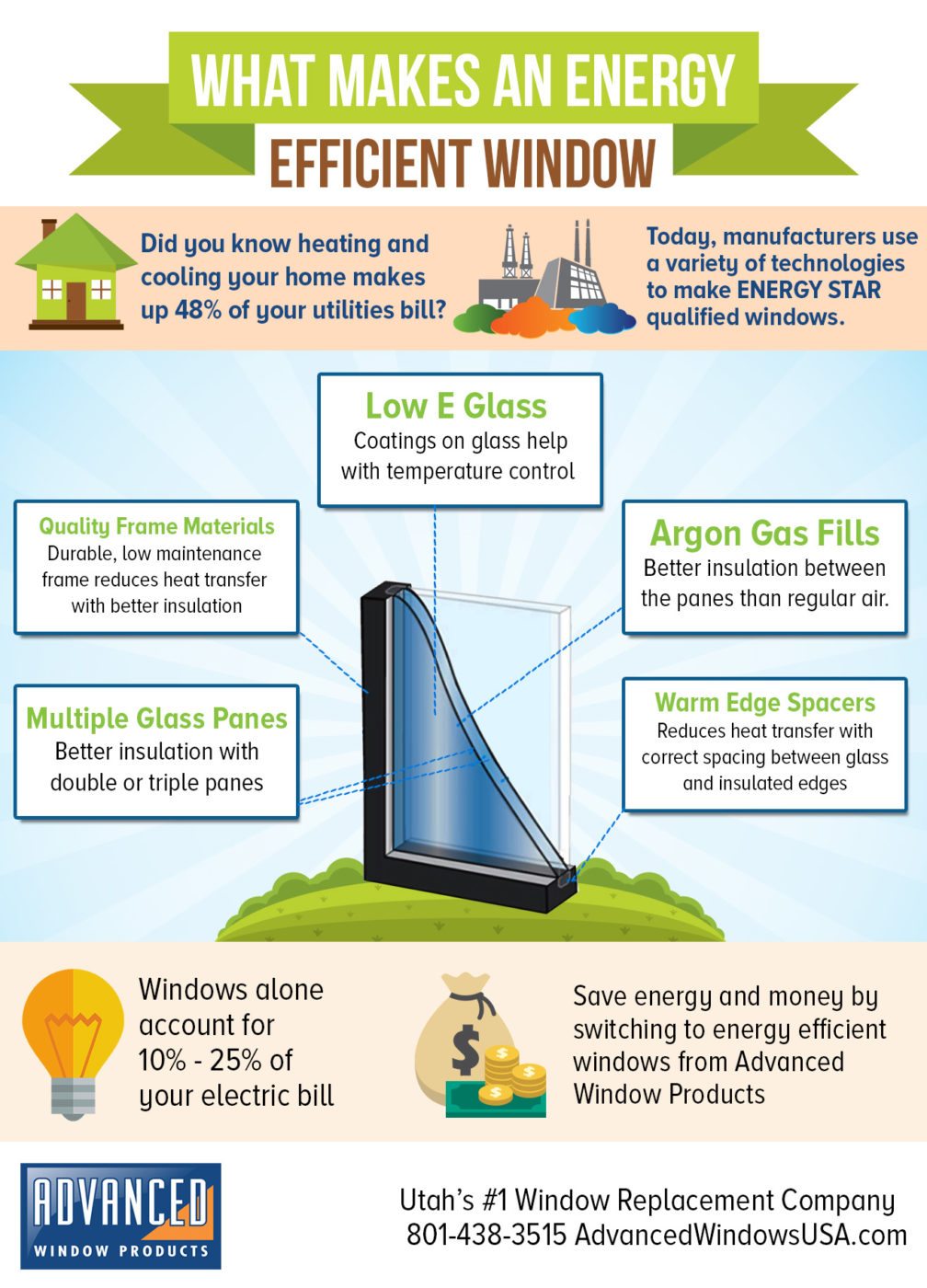One Of The Most Efficient Pressure Washing Techniques For Numerous Surface Areas
One Of The Most Efficient Pressure Washing Techniques For Numerous Surface Areas
Blog Article
Published By-Hyde Vincent
When it involves push washing, the method you choose can make all the difference in achieving a tidy, streak-free surface. You might discover that tough surfaces, like concrete, require a various method than softer products, such as timber or plastic. It's necessary to adjust your approaches to the surface area kind to prevent damages while making best use of cleansing performance. So, what are the best strategies for each and every surface area, and exactly how can you ensure you're making use of the right settings and tools for the task? Allow's explore what you need to know to get the best outcomes.
Hard Surfaces
When it concerns press cleaning hard surfaces, prep work is vital. Before source for this article think of pulling out the stress washing machine, put in the time to remove the area of any type of particles, furniture, or obstacles. You don't desire anything entering your means or possibly harmful your tools.
Next, inspect the surface area for any kind of cracks or damages; this will aid you determine the appropriate method and pressure settings.
Once you've prepared the location, it's essential to select the ideal nozzle. For recommended site like concrete or brick, a narrow nozzle (15 or 25 levels) functions best to give a focused stream of water that can efficiently get rid of gunk and spots. Constantly start at a distance and gradually move closer to prevent any surface area damage.
As you start washing, maintain the wand moving to prevent touches and over-saturation. It's likewise helpful to function from the top down, permitting dust and debris to remove naturally.
Ultimately, remember to rinse the surface thoroughly after cleaning to eliminate any type of remaining detergent. With these methods, you'll accomplish a clean and renewed appearance on all your tough surfaces.
Soft Surfaces
Stress cleaning soft surface areas calls for a gentler approach to protect them from damage. Whether you're cleansing your deck, outdoor patio furniture, or exterior siding, using too much pressure can result in dents, scratches, and even permanent damage.
Begin by choosing a low-pressure nozzle, ideally a 25-degree or wider spray pattern, to disperse the water much more carefully.
Prior to you start, it's vital to pre-treat any kind of discolorations with an appropriate cleaning remedy. This step enables the cleaner to penetrate the dirt and grime, making it simpler to wash away without rubbing as well hard.
Constantly use the solution from all-time low as much as prevent streaking.
When discover here begin stress cleaning, preserve a distance of at least 12 to 18 inches from the surface. Move your stick in a sweeping movement, maintaining it alongside the surface to stay clear of concentrated stress on one spot.
Rinse the location thoroughly after cleaning to get rid of any type of residual cleanser.
Finally, inspect the surface for any missed out on places and duplicate the procedure if necessary. By following these actions, you can efficiently clean soft surfaces while preserving their integrity and appearance.
Specialized Surfaces
Cleaning up soft surfaces needs treatment, however specialized surfaces demand much more focus to detail. When you take on these surface areas, like delicate wood, tarnished concrete, or specific sorts of home siding, utilizing the best stress washing methods is crucial to stay clear of damage.
First, assess the product. For instance, dealt with wood can frequently stand up to modest pressure, yet softer woods like cedar might call for a lower setting. Constantly begin with the most affordable pressure and slowly boost if needed.
For discolored concrete, make use of a fan spray nozzle and maintain a consistent distance to stop engraving the surface area.
When dealing with surfaces like plastic siding or painted surfaces, a wide spray pattern assists disperse the stress uniformly, protecting the coating.
It's likewise a good idea to make use of cleaning agents particularly made for specialty surfaces. They can enhance cleaning without endangering the product.
Wash thoroughly after cleaning to remove any residue, as it can cause staining or damage with time.
Final thought
In conclusion, understanding pressure cleaning methods for different surfaces can make all the distinction in your cleansing results. For hard surface areas, stay with slim nozzles and a top-to-bottom strategy, while soft surface areas need a gentler touch with larger nozzles. Do not neglect to pre-treat discolorations and rinse extensively to avoid deposit. By adapting your approaches to every material, you'll not only achieve a cleaner surface yet likewise secure the stability of your surface areas. Satisfied cleaning!
